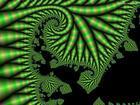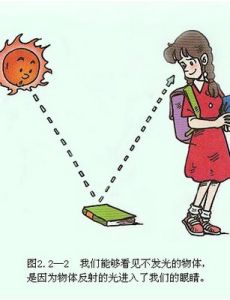基本資料
詞目:物體 物體
物體拼音:wùtǐ
詞義:自然界客觀存在的一切有形體的物質,都稱為物體。
英文:object
存在形式:一般有氣態、液態和固態。
基本解釋
[object;substance;body]占有一定的空間,由物質構成的東西。固態物體。
物體是具有巨觀形狀、巨觀體積或巨觀質量的物質。尺寸大於10-10米的物質即可稱為物體。(質點有巨觀質量,所以也是物體)。
引證解釋
1.物的本體;器物的形體。北齊顏之推《顏氏家訓·音辭》:“夫物體自有精麤,精麤謂之好惡”。
2.由物質構成的、占有一定空間的個體。
方紀《三峽之秋》:“仿佛三峽本來就是個發光的物體。”
例句與用法:
1. 立方體是三維物體。A cube is a three-dimensional object.
2. 角距離,是由一定點到兩物體之間所量度的夾角。
Angular distance is the distance between two objects measured as an angle from a given point.
3. 這台顯微鏡將物體放大了100倍。
The microscope magnified the object 100 times.
4. 桌子上擺著各種各樣的物體。
Various objects were on the table.
5. 要照出清晰的照片,就要把焦點對準物體。
Bring the object into focus if you want a sharp photograph.
6. 石頭是無生命的物體.
A rock is an inanimate object.
7. 物理學研究作用於物體上的力.
Physics deals with the forces acting on concrete objects.

